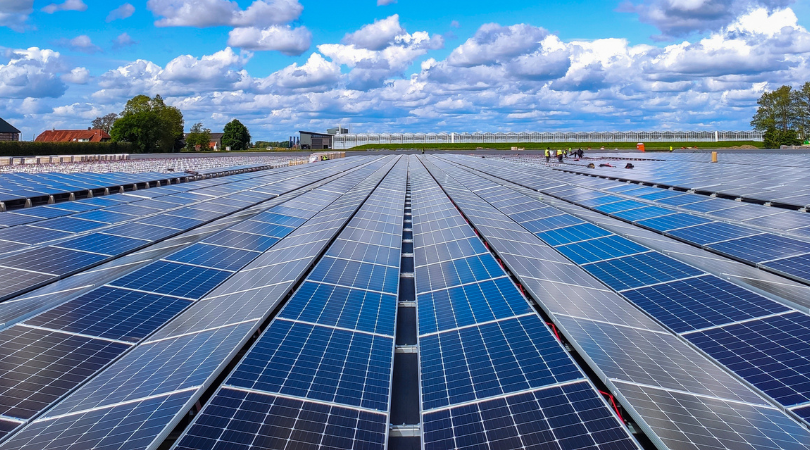Balancing Green Energy with Environmental Safety.
Floating solar panels are becoming more popular around the world. These panels are placed on lakes, dams and other water bodies instead of on land. While this helps save space and can even cool the panels to work better, people are starting to wonder how this new trend will affect the animals and plants that live in and around the water.

Some birds might lose places to land or nest. Fish and underwater plants could be affected if the panels block too much sunlight from reaching the water. On the other hand, floating solar farms might help reduce the growth of harmful algae and even protect water sources from too much evaporation in hot areas. The truth is, we are still learning what the full impact will be and that is why paying attention to every detail is so important.
This is where traceability quietly plays a big role. From the type of materials used in building the panels, to how and where they are installed, every step needs to be clear and trackable. That way, we can make sure the panels are made safely, placed in the right locations and not harming the environment in the process. If something goes wrong, it also helps to trace back where the problem started and fix it early.
As the world turns to cleaner energy, we must also protect the nature around it. Floating solar panels are a big step forward but only if we build them in a way that keeps wildlife safe and keep track of every part of the journey.
